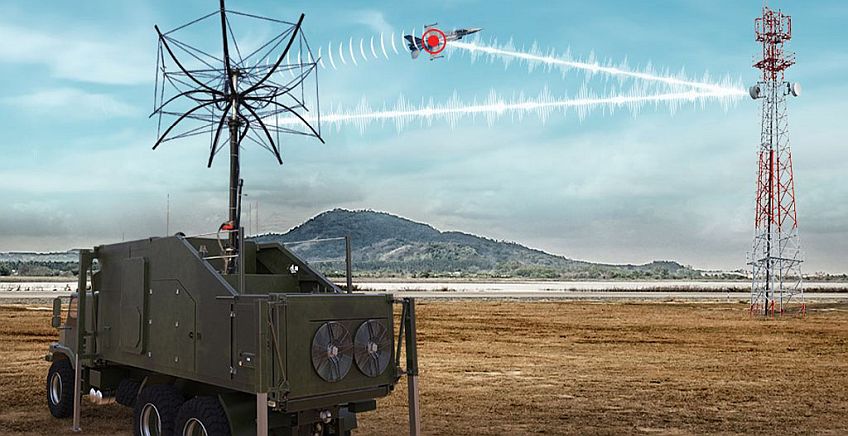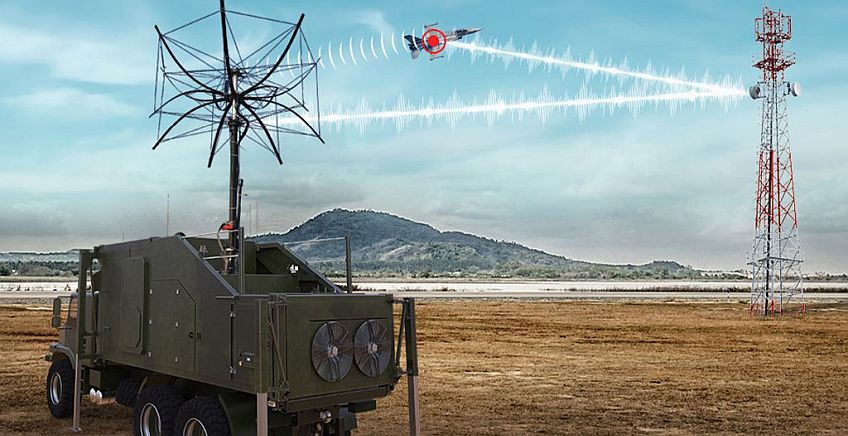Israel’s
ELTA Systems unveiled on Tuesday a new Passive Coherent Location System (PCL) which can covertly detect and track aerial targets.
The system, developed by the subsidiary of
Israel Aerospace Industries (IAI), allows for the creation of a picture of the aerial situation by tracking non-emitting targets using non-cooperative transmitters.
VP AND General Manager of IAI/ELTA’s Intelligence, Communications and EW division, Adi Dulberg, told The Jerusalem Post that such a system is “of interest to every country in the world because everyone wants to know what’s going on in the sky, be it civilian or military aircraft and unmanned aerial vehicles.”
The PCL system provides real-time aerial mapping of non-emitting threats by detecting and tracking the targets, the company said in a statement.
“We are proud to introduce the new PCL system developed by IAI/ELTA, that detects and classifies aerial risks without unveiling the locator. The PCL system creates air situation picture and can be deployed independently or as an additional layer for air control radars, as part of a multi-disciplinary air situation picture,” said Dulberg.
It works based on target reflection from non-cooperative transmissions from FM or Digital Audio Broadcasting (DAB) towers. The reflections are received by one or a network of antennas, providing 3D real-time omnidirectional coverage for tracking multiple targets in congested airspace.
The system can be installed on a vehicle or deployed in a fixed location with either one sensor or a cluster of sensors for redundancy and the ability to cover a significant area. The easily deployable system, that is connected to the central PCL command and control processing unit, can be located both in remote areas as well as in urban areas.
According to Dulberg, most countries detect and track aircraft by using active radar, but the PCL is a solution that enables systems to passively target aerial targets even if they don’t radiate by using civilian radio stations (both FM and digital broadcasting) that transmit and hit the aircraft.
“Radio stations use low frequency which is very good at detecting targets with a low radar cross-section,” he said, adding that “Unlike radars, because we don’t radiate, we have a very low signal so if an enemy wants to jam or hit it they don’t know where it is.”
While Dulberg would not comment on whether or not the system could detect and target F-35 stealth aircraft, “the F-35 falls under the family of low-cross section radar and while it is very difficult to detect using active radars, this system is very good for low-cross section radars.”
“Military targets know that if they radiate they will be detected so they’d rather not have that happen,” Dulberg said, adding that “what is unique is that it doesn’t depend on if the target radiates or not, we will detect it if it radiates or if it doesn’t.”
With one customer in advanced stages of making the system operational, Dulberg told the Post that he expects it to be fully operational and deployed in the next 12 months.
Using civilian radio transmitters, the system can detect and track non-emitting targets and create a full aerial picture

www.jpost.com






